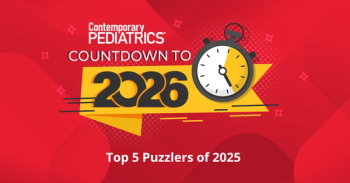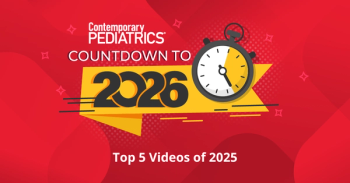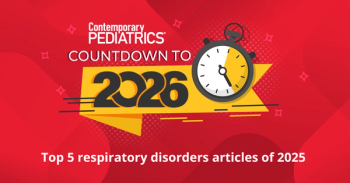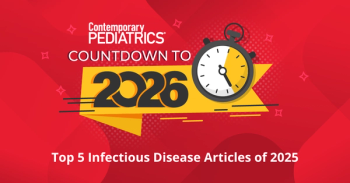
Richard Wong, DO, explains challenges children with asthma face in school
Pediatric pulmonologist Richard Wong, DO, outlines how school environments can complicate asthma management for children across all age groups.
Before long, students will be walking the hallways of schools across the nation, and children with asthma often face heightened risks and management challenges that differ significantly from their home environment, according to Richard Wong, DO, pediatric pulmonologist at Phoenix Children’s Hospital.
“At home, families can better control exposures and reduce triggers, but school presents a much more complex environment,” Wong said. “Respiratory viruses, allergens, exercise, and environmental exposures like air pollution all contribute to increased risk.”
Wong noted that the start of the school year frequently correlates with a dramatic increase in asthma-related emergency department (ED) visits. “In one large metropolitan area, ED visits jumped by almost 46% after school resumed,” he said. “That pattern highlights how common and serious school-related asthma challenges can be.”1
Beyond increased exposure, students may struggle with adherence to maintenance therapy due to more rigorous and unpredictable schedules that could lead to missed doses and decreased control of asthma symptoms.
As school season approaches, now is a good time to remind parents to have inhalers stocked so children can have the resources they need to help control asthma. This time of year also serves as a good reminder to create an asthma action plan, as going without one can bring challenges for the child once school is back in session.
In some cases, children do not have timely access to rescue inhalers while at school. “Whether due to restrictive school policies, lack of an asthma action plan, or even bullying and stigma, some kids can’t or won’t get the help they need when they’re symptomatic,” Wong said. “This leads to increased flares and worsening control.”
Age is also a critical factor in how children manage asthma and how providers should tailor education and interventions.
“Younger children, such as those in preschool or elementary school, may not have the ability to describe their symptoms,” Wong said. “They rely on adults—teachers and school nurses—to recognize what’s happening and intervene appropriately.”
Middle schoolers, on the other hand, begin to take more responsibility but may avoid treatment out of embarrassment. “They may hesitate to use their inhalers in front of friends, leading to untreated symptoms and avoidable complications,” he said.
In high school, many teens are given full independence in managing their condition, which can create another set of issues. “Adolescents often feel like if they’re not having symptoms, their daily controller medication isn’t necessary,” Wong said. “That mindset can result in skipped doses and overuse of rescue inhalers, which sets the stage for serious asthma flares.”
Wong emphasized the importance of consistent education, communication, and support across all age groups to help children manage asthma safely—both at home and in the classroom.
Reference
- Silverman RA, Ito K, Stevenson L, Hastings HM. The relationship of fall school opening and emergency department asthma visits in a large metropolitan area. Arch Pediatr Adolesc Med. 2005;159(9):818-823. doi:10.1001/archpedi.159.9.818
Newsletter
Access practical, evidence-based guidance to support better care for our youngest patients. Join our email list for the latest clinical updates.




